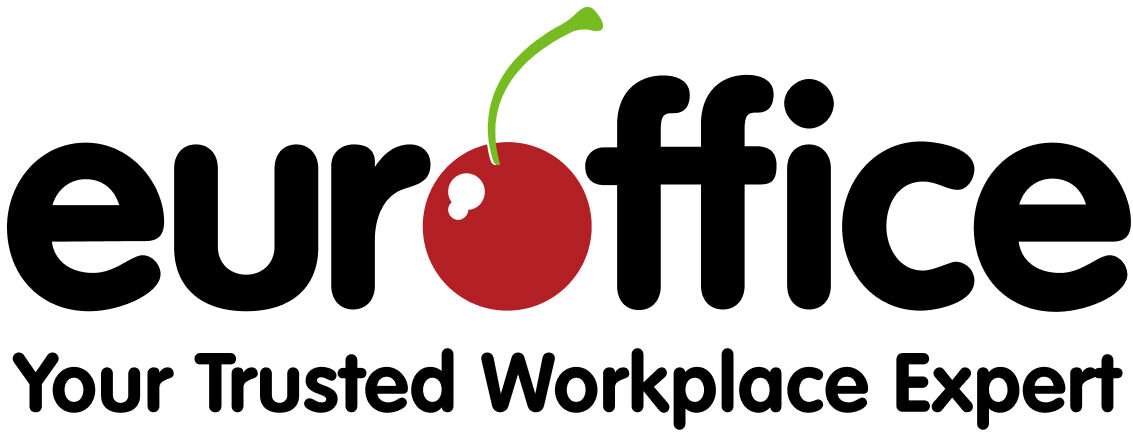If you want to feel in control, use a computer. If you want to get things done, use paper.
Being a stationery company, it’s in Euroffice’s interest for people to use pen and paper when writing a to-do list. So you’d think in a blog about to-do lists we’d recommend that people do use a notebook and pencil to make them.
And you’d be right. I prefer to use pen and paper. But that’s just a coincidence.
Every phone, tablet and computer has to-do list software these days, either built into the functionality of the device or downloaded by us, as we tell ourselves we’re going to be more productive, get organised and get things done. (I imagine there’s an increase in downloads just before January 1st.)
These apps give us previously unimaginable amounts of flexibility – an entire workforce at one’s fingertips. We can add notes across to them from multiple devices, having them sync whenever we use them and even allow other people to add and cross off items to these lists when needed. They’re to-do lists, calendars and personal assistants all rolled into one.
But all this comes at a cost.
We have to make sure they do sync across all devices, so an urgent update on your phone does make it to your computer (and woe betide if your battery runs out). If someone adds a task, we might miss it and cause problems. If someone completes a task, we might not see the notification and go ahead and try to do it ourselves, wasting time and effort.
And if you try to add too many items or have too many users, will you be told you’re out of space and have to pay more? Just as you’re writing a crucial note, of course.
I think digital to-do lists area ideal for organised teams who need to manage group tasks. Type-A personalities who are always efficient.
(Or organised families where fun will be enforced and the father will never let the child win, because that’s not helping him, is it mother?)
In all seriousness, digital to-do lists for companies and teams are fantastic because they allow an amount collaboration that’s never been easier, or even possible, before. (If you’re looking for a new one, I’ve read good things about Wunderlist.)
Yet, for all the appeal and supposed ease of digital to-do lists, I find myself ‘reverting’ to paper ones. If I have to keep track of a list of tasks and projects – ones that only I am working on – I write down a list in an A4 notebook and tick them off.
If I have to go to the shops, I’ll jot the items I need on a Post-it note (and I can stick it to the handle of the shopping trolley, so I have both hands free to take things from the shelves – little tip for you, there).
I don’t have to worry about other people updating it – if they want to, I have to lend them a pen – and a piece of paper never runs out of battery. As for storage space, I always know how much I have; first one side, then the other.
There’s also an interesting point of view in a Guardian article, about digital lists possibly giving us the option to write down too much. It quotes Professor Andy Miah, who is Chair in Science Communication & Future Media at the University Salford.
“Instead, they are becoming almost like wish lists – little love letters to ourselves about things we ought to be doing. The items are all equally urgent and that sense of urgency seems also a distinguishing characteristic of our times, exacerbated by a life that is always online.”
Even if we’re just talking about simple productivity, presumably having fewer things to do means we might get more done. What’s more, there are studies where researchers are investigating whether writing something down might help when we’re learning a subject.
Also, on a purely emotional level, I like having a history of completed tasks that I can hold and read through, run my fingers over and then place on a shelf with other diaries and notebooks. Our history, our memories, our achievements. It is wonderful that we can fit entire libraries into the palm of our hand – but where’s the beauty in that?
Of course, times and technology change, so perhaps one day there will be digital versions of paper to-do lists that give us the same emotional connection to ‘the real thing’ without any of the downsides. Until then, let’s use the right type of list for the right task.






